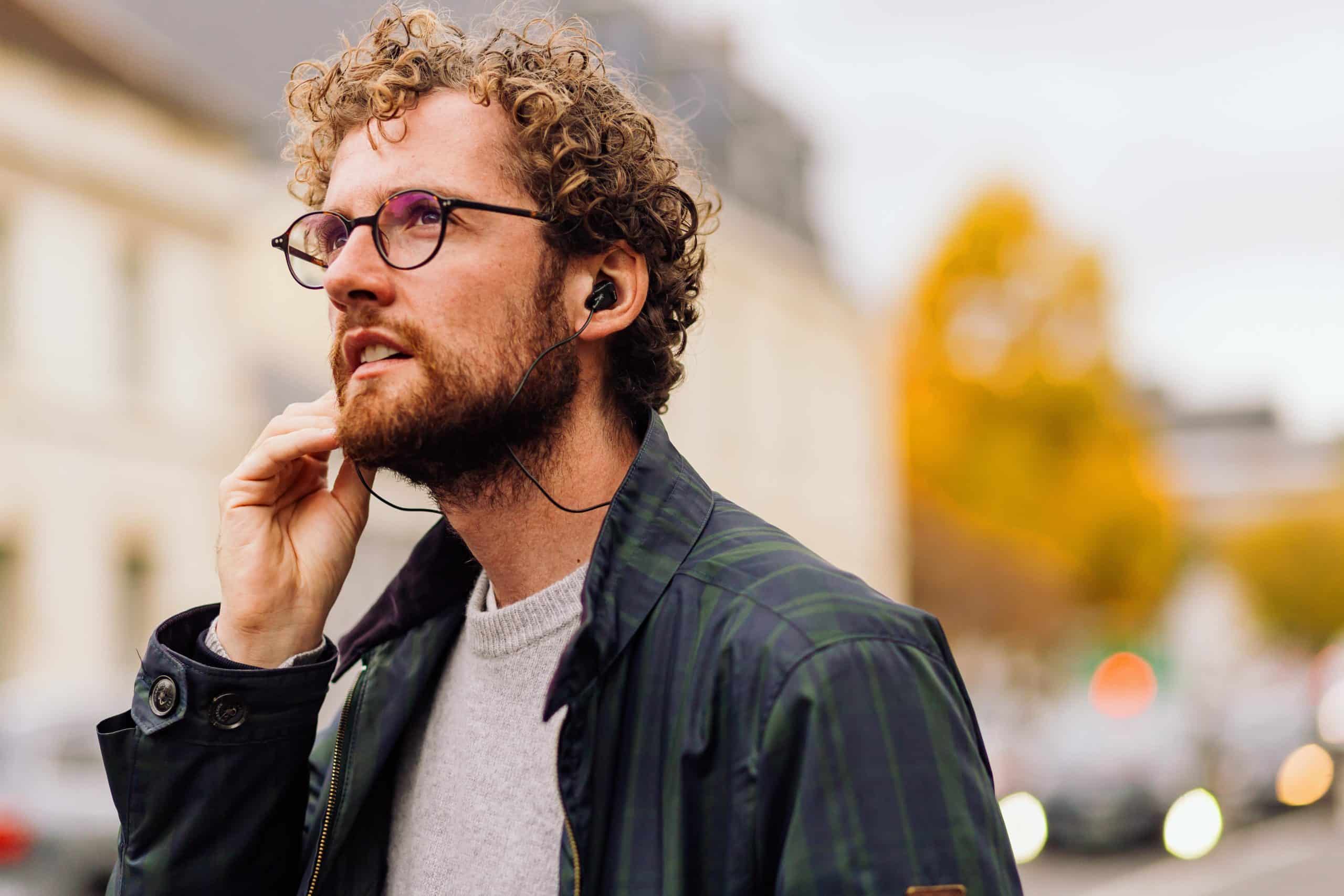60 million patients suffer from epilepsy around the world (Source Inserm). To diagnose their epilepsy, patients currently require a twenty minute examination. An electrode helmet is placed on their head to measure the brain’s electrical activity, then physicians try to trigger a seizure by stimulating the brain . “Unfortunately, such people are sometimes confined to bed, wearing the EEG on their head, for up to two weeks, without any seizures being triggered ,” said Hugo Dinh, Co-founder and CEO of NaoX Technologies. Given that, by definition, an epileptic seizure is episodic. The probability that one will happen over this period of observation in hospital is small.
Faced with this, in 2018 the NaoX CEO, a biomedical engineer and graduate of the Ecole Polytechnique and UC Berkeley, teamed up with Michel Le Van Quyen, research director at Inserm, who specialized in the predictive analysis of EEG signals. Together, they examined how it might be possible to obtain data on brain activity outside a hospital.
“NaoX represents the next generation of EEG. It will revolutionize the neurological management of patients with epilepsy ! We hope with these sensors hidden in earbuds to prevent any risks linked to epilepsy, such as falls, and in addition to provide feedback about the effectiveness of the treatments offered,” Hugo Dinh, Co-founder and CEO of NaoX Technologies.
The “N” buds are the result of three years of R&D. These earbuds are fitted with miniaturized EEG sensors that the user can wear for several hours a day, to listen to music or to watch a film for example. “We are the first in the world to have designed such a small product, with such a high quality of signal, i.e. close to what we see in hospitals, but at a reduced cost,” Hugo Dinh pointed out. Analysis algorithms that are trained based on data from epilepsy patients, collect information throughout the day under real-life conditions. The quality of the signal is equivalent to that of EEGs in hospitals. Everything is sent to an application on a smartphone, before being transmitted to the patient’s physician.
The product is already in the industrialization phase. FDA certification is expected to be granted by the end of 2022, for a first batch of 200 units, manufactured in Europe, to be delivered by the end of the year. European CE marking will be obtained 18 months later. The business raised €4.3 million by the end of 2021 to fund both these certifications and pre-industrialization.
NaoX is already working with patients and professionals from the Epilepsie France association and their feedback on the product has been very positive. At the start of 2023, an international multicentric clinical trial will start in France and the USA, with around fifty pediatric patients. This study will compare the results obtained from traditional EEGs, with the recordings carried out using earbuds worn two hours a day over a period of two weeks.
Over time, NaoX will target a wide range of neurological disorders, including Alzheimer’s, sleep problems and neurodegenerative disorders.
NaoX, a winner of the Next French Healthcare Program, acknowledges that is now has a greater understanding of the North American market and also of the world of KOLs. “It is a small world. That’s why we would like to start with neuropediatrics. There are only about ten leading neuropediatricians in the world, and they all know each other. Penetrating this network can be complicated… ”, Hugo Dinh explained. But with Next, doors open more easily!



